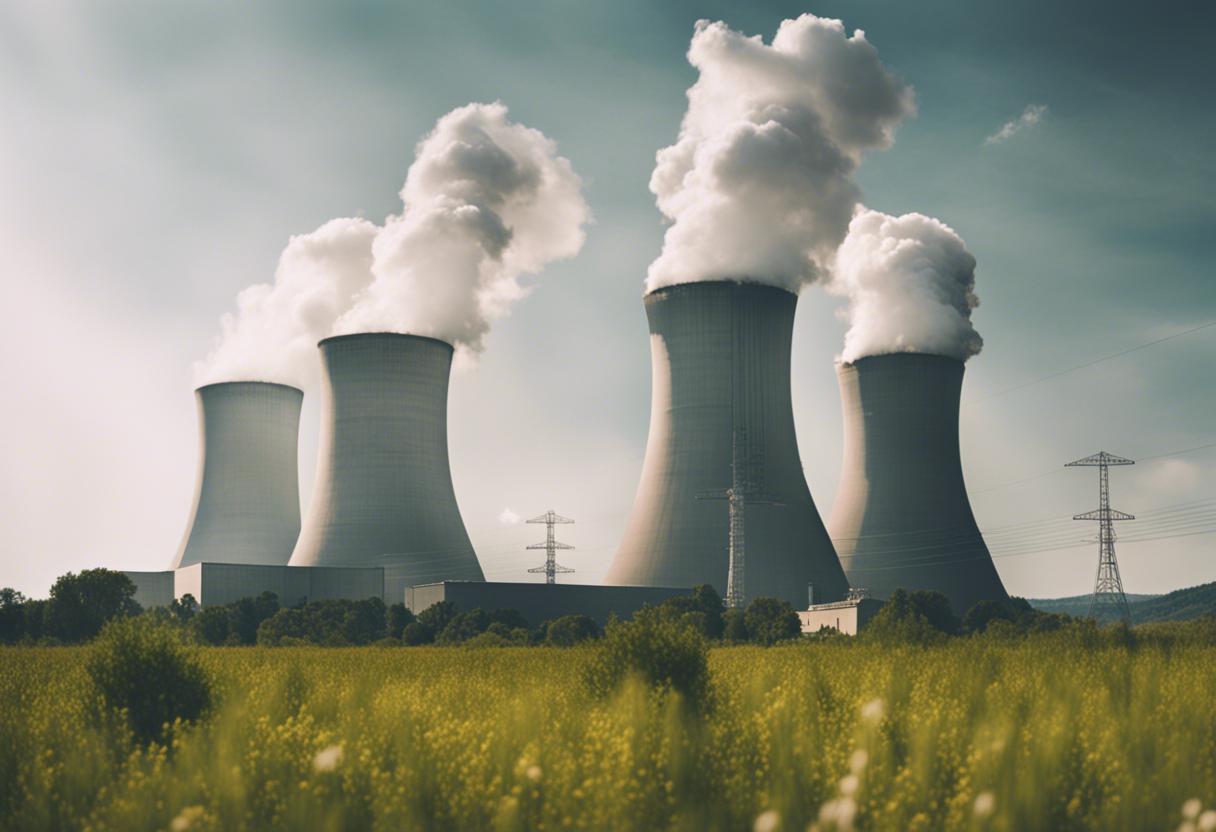The right-leaning administration of Giorgia Meloni, Italy’s Prime Minister, is considering a revival of nuclear power after 35 years of the last atomic power plant’s closure. This move is designed to cut the nation’s carbon footprint. The Energy Security and Environment Minister, Gilberto Pichetto Fratin, shared that the government of Rome aspires to propose a bill that will facilitate investment in compact modular nuclear reactors, which could be functional in a decade.
Fratin put forward an expectation that the nuclear energy will contribute to no less than 11% of the overall power consumption in Italy by 2050, in the push to decrease dependence on foreign fossil fuels. The minister insisted that nuclear energy quota was necessary for assured access to clean power.
While acknowledging the existence of renewable technologies like wind and solar power, the minister argued their inability to ascertain the needed security, echoing his government’s doubts regarding these technologies. Italy previously established four nuclear facilities during the ’60s and ’70s and had a grand plan to boost nuclear power capabilities. But, following the catastrophe of Chernobyl in the Soviet Union in 1986, Italians voted majorly against the subsidies for creating new reactors during a national referendum.
A massive anti-nuclear sentiment caused Italy to close all existing nuclear facilities, the final one shutting down in 1990. Silvio Berlusconi, the Prime Minister during the period 20 years later, tried to revive the nuclear programme of Italy, passing a fresh law and creating contracts for establishing new reactors. His attempts, however, were thwarted by more than 90% of voters during a 2011 referendum, who opposed the proposal.
A poll conducted recently by Legambiente, a key Italian environmental organisation, revealed that 75% of the 1,000 respondents showed doubt regarding nuclear power as an answer to the energy shortages of Italy, with 25% having strong objections regarding safety. Nevertheless, 37% supported the possibility of nuclear power benefitting Italy given it was made safer.
Mr Fratin expressed his faith in the ability to reverse Italians’ historical “dislike” towards nuclear energy, citing the advancements in safety and advantages to households and companies offered by the latest technology. He asserted that past plebiscites wouldn’t hinder the Meloni government from proposing laws to reintroduce nuclear power. He also highlighted Italy’s high-level capabilities in this sector as reflected in innovative study institutions and Italian businesses involved in international nuclear supply chains.
He emphasised the issue was one of “attitude and consciousness”. He noted a generational divide, stating, “The youth are more informed, while the older generation, who associate nuclear power with Chernobyl, tend to reject such talks about nuclear power.”
Parallel to endorsing nuclear power, the Meloni government has introduced measures to limit the expansion of solar energy due to the Prime Minister’s fears that an abundance of solar panels could jeopardise Italy’s food security.
Mr Fratin shared concerns about the excessive dependence on solar panels, most of which are manufactured in China. He stated, “It is evident that the solar industry is heavily relied on imports from China, a country known for its government-controlled business structure, posing both political and economic risks.”
Moreover, numerous Italians worry that photovoltaic structures are tarnishing the scenic beauty of the Italian countryside. “Solar installations in our tourist-friendly hills are not always a welcome sight,” said the minister, suggesting “prudence and restraint in green-lighting solar units”.
He contended that miniature nuclear power stations excel in terms of efficiency as compared to solar parks, generating 300MW would necessitate a mere four hectares, far less land than required by solar parks.
“Given Italy’s unique geographical features and a lack of vast open spaces for solar units, it’s not feasible to plaster a landscape featuring hills and mountains with solar units,” he explained.
Supplementary intelligence was provided by Giuliana Ricozzi based in Rome.
— Copyright The Financial Times Limited 2024

